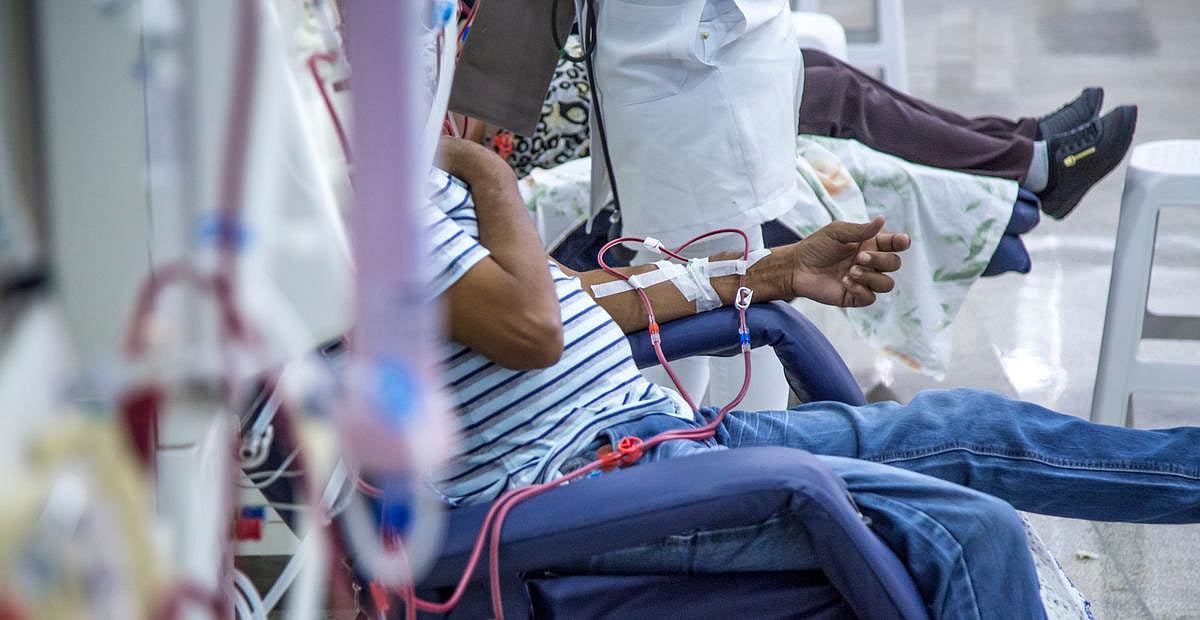Guidance Issued for Creation of pAVFs for Hemodialysis Access
THURSDAY, Sept. 18, 2025 -- In a guidance document issued by the Society of Interventional Radiology Practice and published online Sept. 9 in the Journal of Vascular and Interventional Radiology, recommendations are presented for the creation and maturation of percutaneous arteriovenous fistulas (pAVFs) for hemodialysis access.
Bart L. Dolmatch, M.D., from El Camino Hospital in Mountain View, California, and colleagues developed consensus recommendations for the creation and maturation of pAVFs for hemodialysis access based on peer-reviewed literature.
The researchers noted that a thorough patient history and physical examination should note any prior or current thoracic central venous devices that may result in venous obstruction. For successful pAVF creation, the authors say vessel mapping is essential; whenever possible, interventional radiologists should participate in mapping. Patients should be aware that many of the fistulas will require additional procedures to ensure fistula maturation, although the technical success of pAVF creation is >95 percent. The rates of successful cannulation are approximately 80 percent. Patient comfort is enhanced by brachial plexus block during pAVF creation; for effective brachial plexus block, the authors note that an ultrasound-guided approach is essential. Physicians must complete specific training before performing pAVF procedures. During initial procedures, clinical specialists typically assist. Precise catheter alignment and often partial deep brachial vein occlusion are involved in successful creation of a pAVF. The interventionalist is responsible for pAVF management postprocedure, which usually involves a follow-up visit after one to two weeks, including a physical exam and ultrasound.
"This guideline helps ensure that interventional radiologists are recognized as vital members of the patient care team, which will be foundational to improving patient outcomes," Robert A. Lookstein, M.D., president of the Society of Interventional Radiology, said in a statement.
Abstract/Full Text (subscription or payment may be required)
Disclaimer: Statistical data in medical articles provide general trends and do not pertain to individuals. Individual factors can vary greatly. Always seek personalized medical advice for individual healthcare decisions.
© 2025 HealthDay. All rights reserved.
Read this next
Evidence Insufficient to Determine Benefits of Multicancer Screening Tests
THURSDAY, Sept. 18, 2025 -- No controlled studies report benefits of screening with multicancer detection (MCD) tests, according to a study published online Sept. 16 in the Annals...
Nonadherence to Cervical Cancer Screening Increased After COVID-19 Pandemic
THURSDAY, Sept. 18, 2025 -- Nonadherence to cervical cancer screening in the United States increased after the COVID-19 pandemic, according to a study published online Sept. 10...
Magnesium Depletion Linked to Increased Overactive Bladder Risk
THURSDAY, Sept. 18, 2025 -- Magnesium depletion is associated with an increased risk for overactive bladder (OAB), according to a study published online Sept. 1 in Scientific...
More news resources
- FDA Medwatch Drug Alerts
- Daily MedNews
- News for Health Professionals
- New Drug Approvals
- New Drug Applications
- Drug Shortages
- Clinical Trial Results
- Generic Drug Approvals
Subscribe to our newsletter
Whatever your topic of interest, subscribe to our newsletters to get the best of Drugs.com in your inbox.


